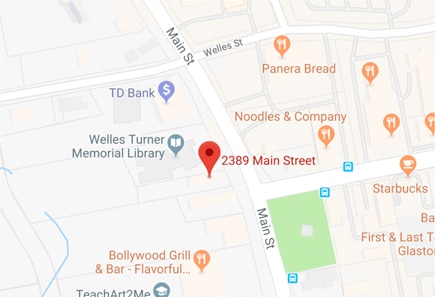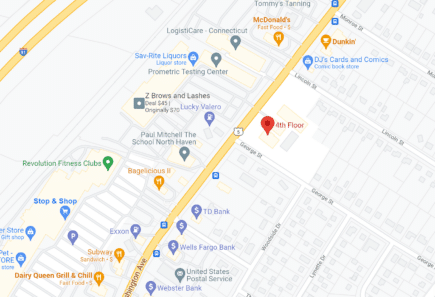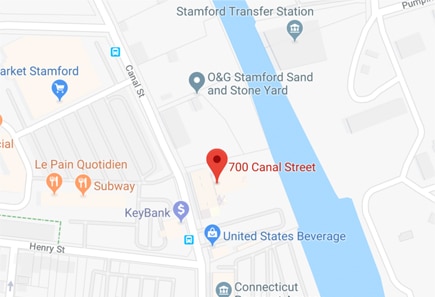
Qualifying for Medicaid benefits can be a critical concern for individuals seeking long-term care, as Medicaid often covers significant healthcare costs associated with aging and disabilities. However, because Medicaid has strict income and asset eligibility requirements, many individuals employ various financial planning strategies to qualify for benefits while preserving their assets. Here are some common strategies:
Asset Gifting: Individuals may choose to gift assets to family members or loved ones to reduce their countable assets. However, Medicaid has a look-back period (typically five years) during which any gifts made can result in penalties or delays in eligibility. It’s essential to be mindful of this period when considering gifting strategies.
Establishing Irrevocable Trusts: By placing assets into an irrevocable trust, individuals can effectively remove those assets from their ownership, making them ineligible for Medicaid consideration. This strategy requires careful planning and must comply with state laws governing trusts.
Spending Down Assets: Individuals may spend down their assets on necessary expenses, such as home modifications, medical expenses, or paying off debts, to meet Medicaid’s asset limits. This approach must be documented to demonstrate that the spending is legitimate and necessary.
Purchasing Exempt Assets: Medicaid allows certain assets to be exempt from consideration when determining eligibility. This includes a primary residence (up to a certain value), personal belongings, a vehicle, and prepaid funeral expenses. Individuals may consider converting countable assets into exempt assets to meet eligibility requirements.
Creating a Medicaid Compliant Annuity: This strategy involves converting a lump sum of money into an annuity that pays out over a specific period. If structured correctly, a Medicaid compliant annuity can provide a stream of income while allowing the individual to meet Medicaid’s asset limits.
Using a Family Caregiver Agreement: Some individuals may enter into a formal agreement with family members to provide care in exchange for compensation. This arrangement can help preserve assets while ensuring that the individual receives necessary care.
Making Home Modifications: Investing in home improvements to enhance accessibility or safety can be a way to spend down assets. These modifications can include installing ramps, grab bars, or walk-in tubs, which not only help with Medicaid eligibility but also improve the quality of life.
Long-Term Care Insurance: Purchasing long-term care insurance can be a proactive strategy to cover potential long-term care costs. This insurance can help individuals avoid relying solely on Medicaid for care, thus preserving their assets.
Consulting with an Elder Law Attorney: Engaging an elder law attorney can provide invaluable guidance on navigating Medicaid regulations, developing a customized financial strategy, and ensuring compliance with all legal requirements.
Reviewing Estate Planning Documents: Updating wills, trusts, and powers of attorney can ensure that an individual’s estate plan aligns with their Medicaid planning goals, protecting assets while meeting the necessary criteria for benefits.
By employing these strategies, individuals can better position themselves to qualify for Medicaid benefits while safeguarding their financial future. However, it’s crucial to approach this planning carefully and with professional advice, as missteps can lead to significant financial penalties or loss of eligibility.





